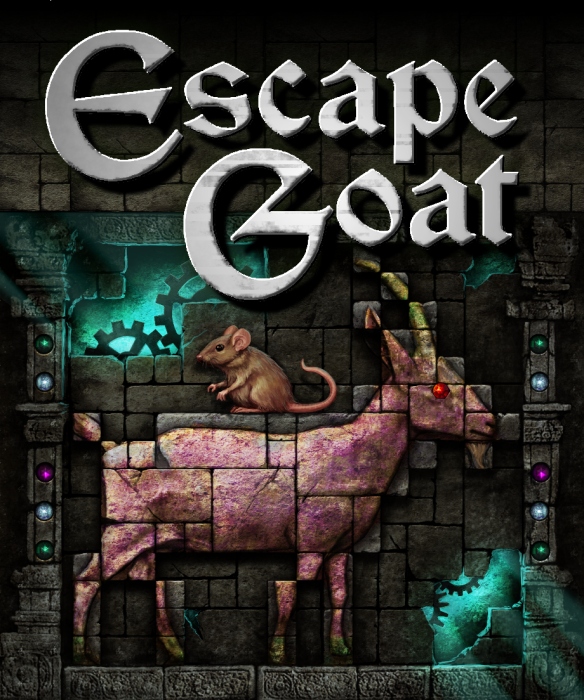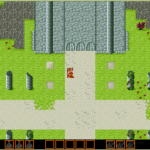There’s this struggle. On one hand, you want to make the best game you can make. On the other hand, you want to actually finish the game. These are the opposing forces that make the creative process so difficult.
There are lots of indie games where I’m playing and thinking, if only they spent another two weeks, they could have bumped it up from a 3.5 to a 3.75. They stopped when they were in arm’s reach of something really polished. There’s some new stuff there, but it wasn’t given enough iteration. Not enough testing. Six months of work to get where they got, and maybe it would have been twice as good with just another two weeks.
Then again, by releasing the game they are able to start working on the next thing.
The problem is that games always seem to offer the most rewards right at the end of the project. You can finally see how things are working, and you’re making awesome strides every day. Just give it another couple weeks, think of how much better it will be!
Knowing how long to spend on the project is one of the most difficult parts of game development for me. I wish I had a formula, or some sort of answer, but I just don’t. There’s something to be said for spending another two weeks, and there’s something to be said for just releasing it even though two more weeks would have improved it.


